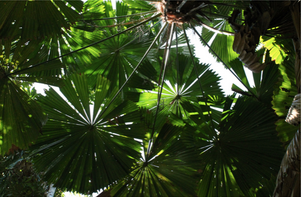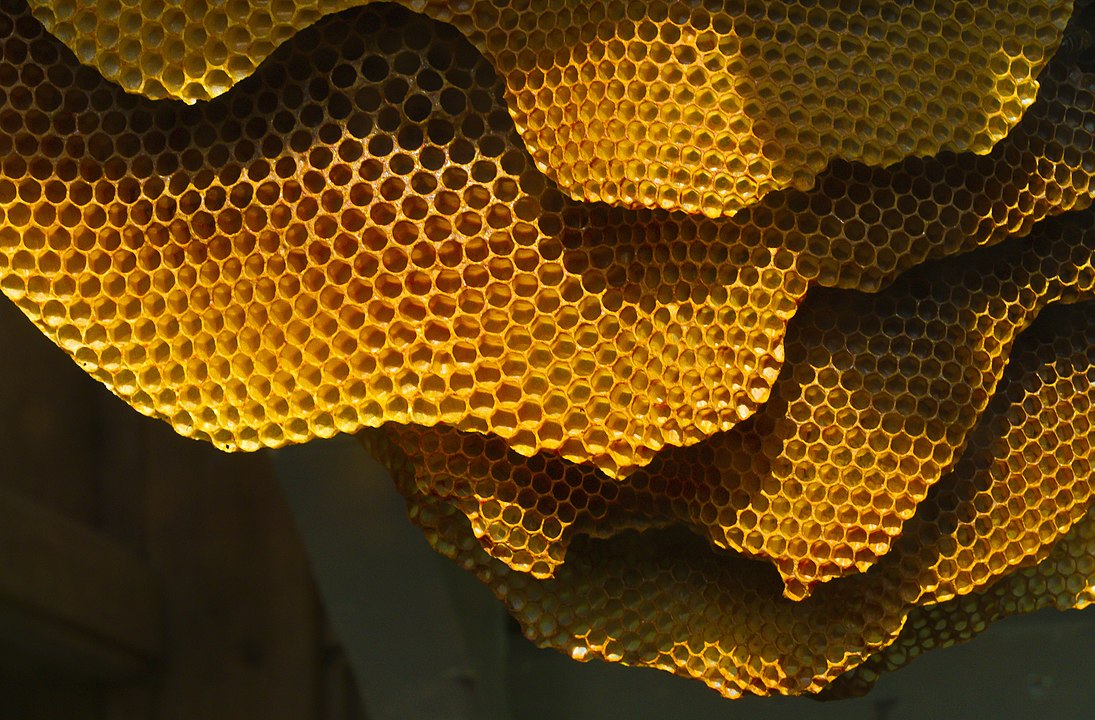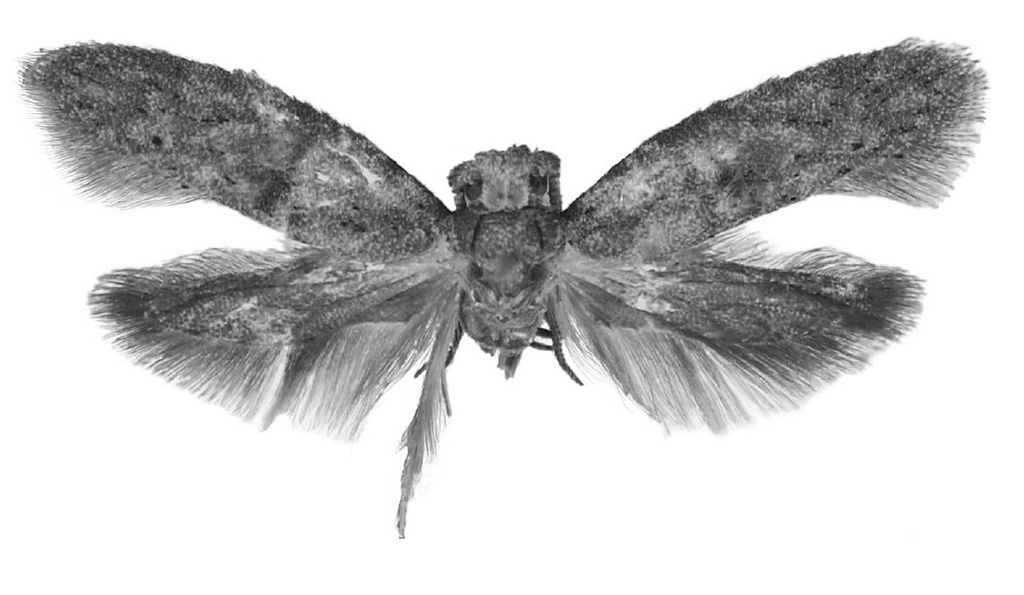While spending a semester abroad studying biology in Northern Australia, I had the opportunity to travel to one of the most incredible places in the world: the Daintree Rainforest. Bordering the Great Barrier Reef, the Daintree is not only one of the oldest rainforests in the world but the only location where two world heritage sites meet. While exploring the Daintree, one could walk along fringing reef before entering the 135 million year old forest and see everything from corals and crocodiles to cassowaries!
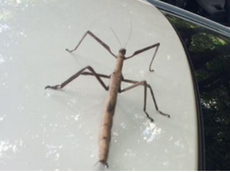
As an aspiring entomologist what I found most fascinating was the sheer number of bugs living in the rainforest. When first getting out of the car in Cape Tribulation, I was instantly greeted by an enormous stick insect, measuring over half a foot long!

I soon learned the Daintree is home to over 12,000 insect species, each with a specific ecological role. A high diversity of beetles and ants work towards decomposing wood and fallen leaves and in addition to nutrient cycling these insects provide an important food base for other rainforest creatures. The white striped possum relies on beetle larvae for its food and a large number of wasp species consume smaller insects such as ants. Wasps also play an incredibly important and unique role in plant pollination in the Daintree. Of the 40 species of figs within the rainforest, each are pollinated by a specific wasp.
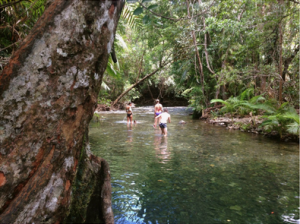
Some of these incredible insect species were simply a wonder to watch. 230 butterfly species occupy the region and fill the canopy with vibrant hues and 135 dung beetle species can be seen “doing their thing” on the forest floor. I hope to someday return to this beautiful place and more thoroughly explore all of the flora and fauna which call it home. However, for now I am happy to have seen such an amazing place and returned home safely without being munched by one of the 14 foot saltwater crocodiles!

Sources
https://www.experienceoz.com.au/daintree-rainforest-facts
http://www.destinationdaintree.com/the-daintree/wildlife/insects

